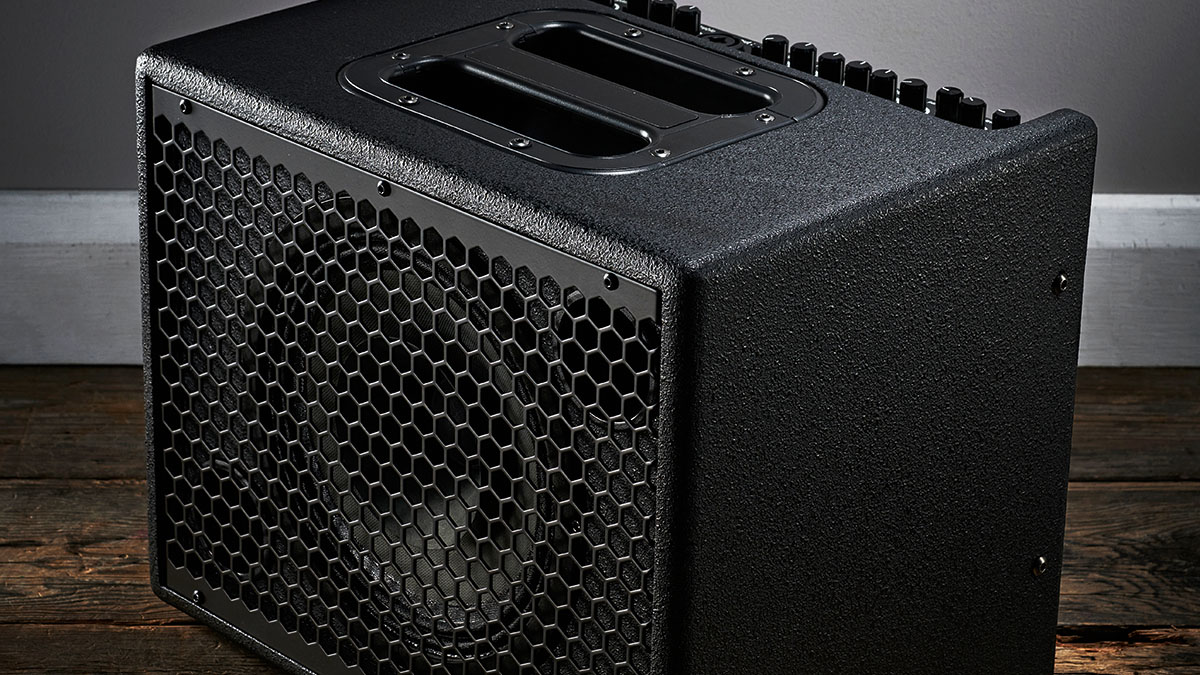Guitar World Verdict
A familiar face with a totally new personality – everything you need in one compact unit.
Pros
- +
Portable.
- +
Mixing desk EQ quality.
- +
Effects loop.
- +
Good range of connections, with XLR outs on both channels.
- +
Excellent digital reverb.
Cons
- -
Preamp controls may be fiddly for some, but the results are worth the effort.
You can trust Guitar World
When a player of Tommy Emmanuel’s calibre champions a brand-new acoustic guitar amp stating it’s the best he’s ever played through – despite having his own signature model with a different manufacturer – there’s an understandable tremor of curiosity among acoustic performers everywhere.
Tommy forsaking AER? That’s big news in some quarters. But let’s dip below the surface for a moment and examine the evidence. Both the Compact 60 and this new Da Capo amplifier were designed by Udo Roesner who has now stepped away from AER and started his own company called Udo Roesner Amps.
Udo has gone back to the drawing board and pretty much re-examined everything that made the Compact 60 such a stalwart in the first place.
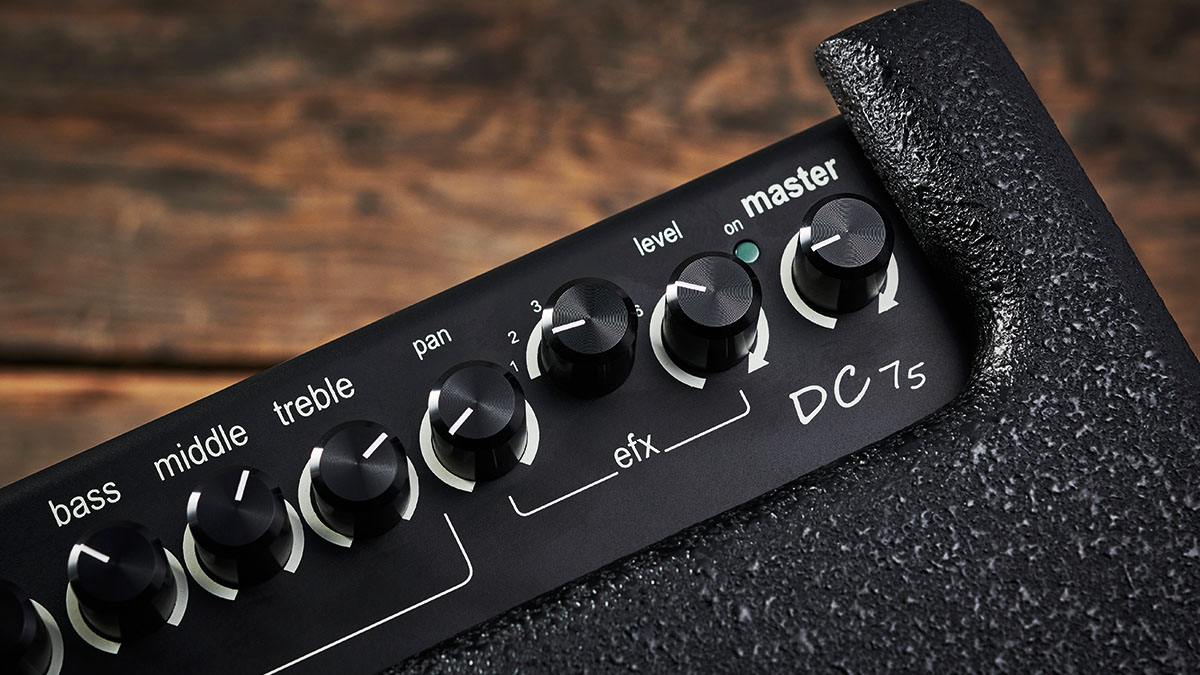
In musical terms, Da Capo means “repeat from the beginning” and so now perhaps we can get a clearer idea of the initiative behind the new amp. Yes, cosmetically at least it owes a lot to AER’s flagship, but just about everything else has been reviewed, revised and revitalised.
So is it, as the handbook describes, a “giant in a shoebox, powerful, crisp, clear, assertive and yet so warm, mellow and beautifully balanced”? Let’s fire it up, take it out for a spin and find out.
The Da Capo features an analogue preamp and A/B Class analogue power amplifier, delivering 75 watts into a specially designed eight-inch dual-cone speaker. Udo tells us that it has a larger transformer in order to deliver more power and enhance the unit’s low-end response.
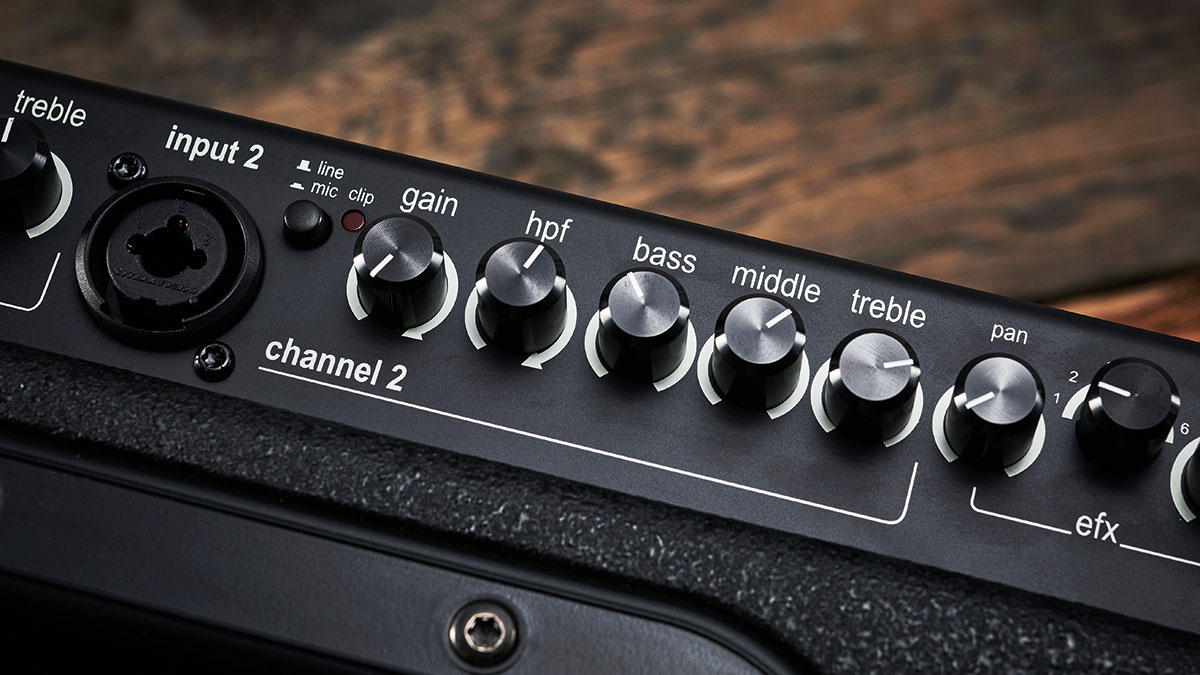
Everything is tucked away inside a remarkably small plywood box with a large, workmanlike handle on top and a gigbag that makes portability a breeze. It’s a tad heavier than a Compact 60, Udo informing us that this is down to the transformer size, but a side-by-side comparison reveals there actually isn’t much in it at all.
You could easily set off to a gig with a guitar case in one hand and the Da Capo over your shoulder and not worry too much about straining anything, put it that way.
The amp’s two channels both feature jack and XLR mic inputs with mic/line push buttons to select between either. It also has 48-volt phantom power for both XLR inputs, meaning you can use a mic for either vocals or sound reinforcement for your guitar, and choose which channel’s preamp controls suit your setup the best.
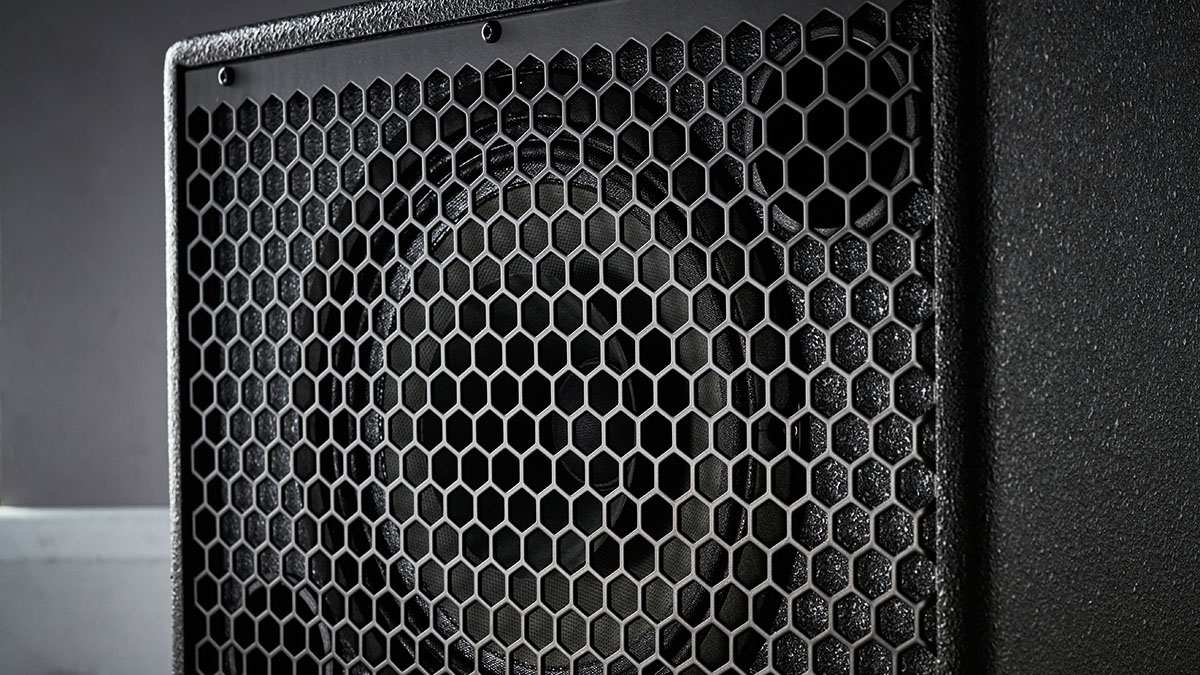
Channel 1 features controls for Gain, Tone – essentially a treble boost – push-button, Bass, Middle and Treble. On Channel 2 the controls are the same, except that now you have a high-pass filter replacing the treble boost option.
This control has the effect of letting higher frequencies through into the sound picture while rolling off the bass. It’s a useful control if you happen to have a large-bodied acoustic that’s prone to low-end feedback or if you have a microphone and want to subdue unwanted bass resonance.
There are six built-in digital effects on a rotary control in the ‘efx’ section, along with Pan and Level rotaries. The effects give you: Long Reverb, Short Reverb, Chorus, Custom Delay, My Delay and Tap n’ Delay – all being controlled by a TRS footswitch, which isn’t provided, but we’re assured that any standard double unit will do the job of both switching effects on and off and tapping in the delay rate.
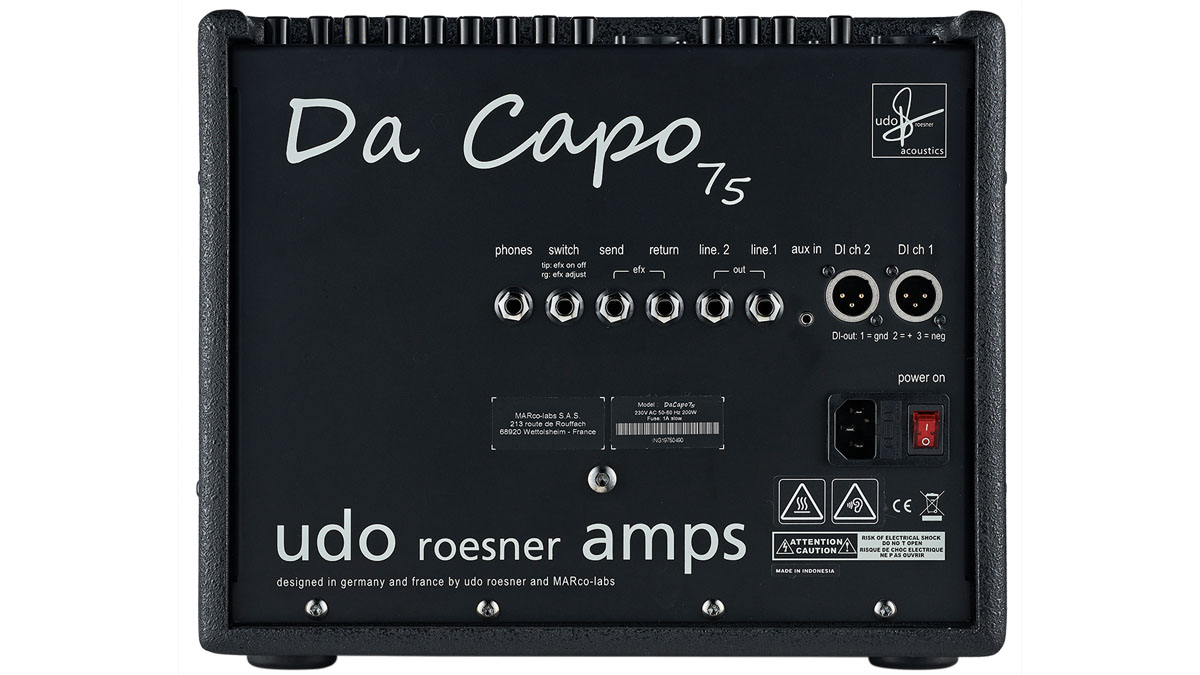
The Pan control delivers the chosen effect across the amp’s two channels: if you only require reverb, say, on Channel 1 then leave the control panned to the left; if you want it on Channel 2, pan to the right; and any position in between offers incremental dispersion between the two. Finishing off the preamp control array at the far end, you’ll find the Master Volume.
Udo highlights that the preamp controls are interactive: “The Da Capo is not simply a box with a speaker, it is a pretty complex arrangement of signal processing stages that all interact and need to be at peace with each other for best performance…”
It’s also important to note that some of the factory-set parameters can be reset via jumpers on the main circuit board inside the amp. You can, for instance, change the footswitch so that it acts as an on/off for the effects loop, but all jumpers – and there are 11 – should only be adjusted by someone who knows what they’re doing. In other words, there are no user-serviceable parts inside.
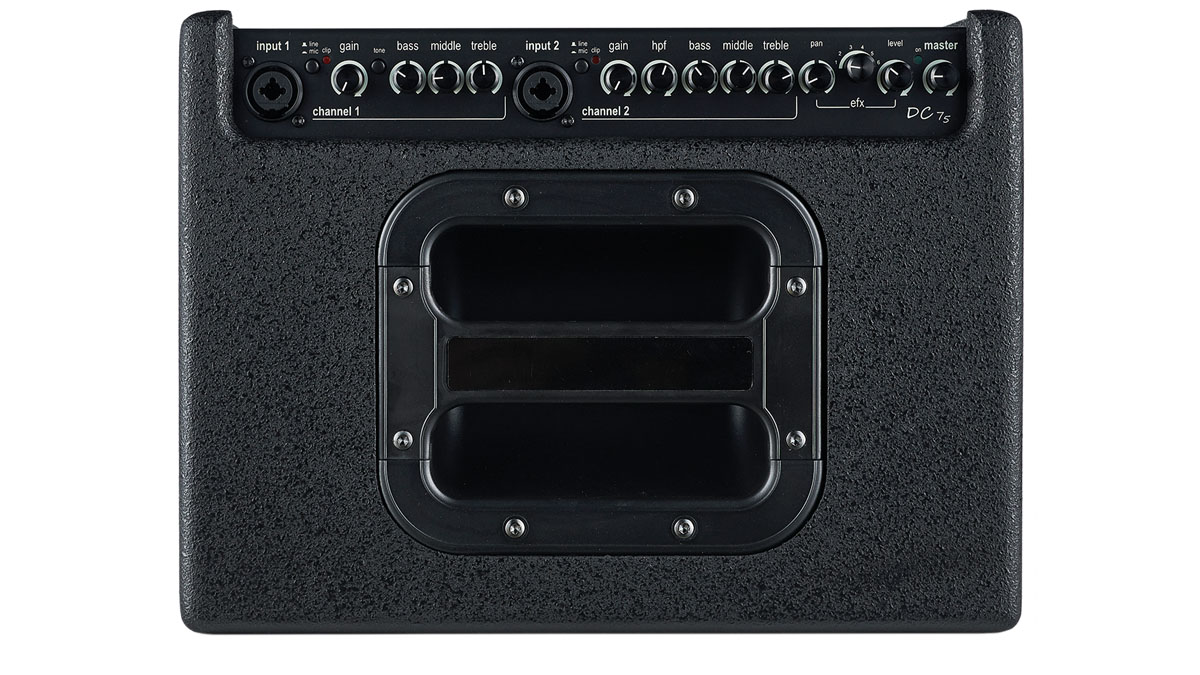
Meanwhile, on the back of the amp we find outputs for headphones, footswitch, send and return for the parallel effects loop, two line outs (1 for home recording via a soundcard, and 2 for connection to a mixing desk). There are also XLR balanced outputs for each channel independently and a mini-jack aux-in for inputting backing tracks.
It sounds to us like Udo’s 30-year experience with amp design has culminated in a very well-thought-out package that incorporates virtually everything a gigging acoustic player needs in one compact unit. But what’s it like in practice? It’s time to hook it up to a guitar and find out.
Feel & Sounds
Our test guitar is a Fylde Goodfellow, fitted with a Headway FEQ under-saddle pickup, which has seen action in various live acoustic settings, inputted electronically either via PA or through our Compact 60.
One thing that is immediately apparent is the warmth the Da Capo brings to the sound. Just a few moments fiddling with the preamp controls on Channel 1 and setting the reverb to Long Reverb, and the sound literally takes us aback with its musicality. It’s a sound that makes you want to stay and play for longer, and that’s never a bad thing.
We found that what Udo told us about the controls being more interactive is absolutely spot on, too. When compared with the Compact 60, it takes longer to set a sound up, but the time spent is worth it. We don’t usually have to turn the bass down for the Goodfellow, but here we dropped it a fair bit, as well as reducing the mids a little, too.
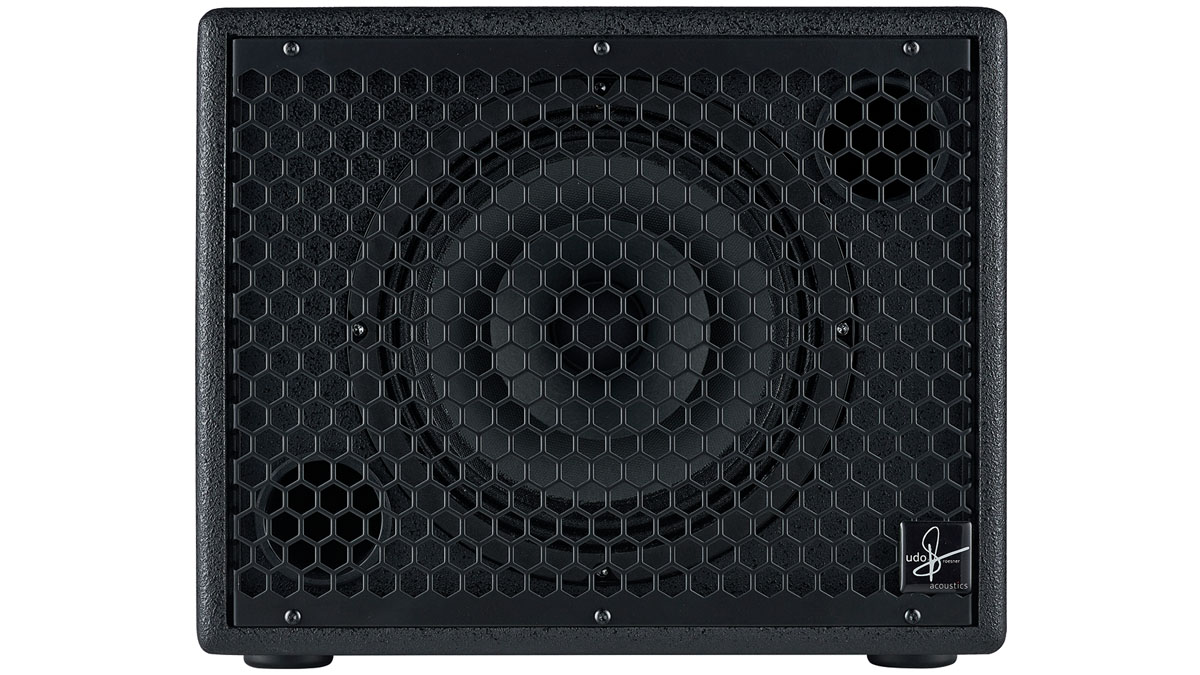
There’s a very rich bass to be had here, probably thanks to the custom-built speaker and ported cab. Engaging the Tone button brings sparkle to the top-end, which is handy for chordal accompaniment when you want some shimmer to find its way through a mix.
Swapping to Channel 2, we play with the high-pass filter, which offers more control over reducing the bass. Getting the balance right between the HPF, Bass and Mid controls takes a little bit of concentrated effort, but, once again, the results are worthwhile.
The main thing we felt here was that we were more in control of the Goodfellow’s sound and found ourselves making plans to try using the amp on the next available gig. After all, with this amount of control it’s logical to assume that all one has to do is offer the soundman an XLR output or two and the job’s all done.
There is so much here that we’ve already decided the Da Capo is headed for our Longtermers section. And we can’t wait to start experimenting with other guitars and maybe even a mic added to the guitar for an extra level of control.
Verdict
If you found yourself playing a game of ‘fantasy acoustic gig gear’ and decided to use an amp rather than DI, you’d probably opt for one that was not only portable but comes with a great sound and mixing-desk levels of EQ quality, too.
Throw in an effects loop – switchable if you get an electronics boffin to flip the jumper inside – and mic or line level inputs, phantom power to allow the use of studio-quality condenser mics, and XLR outputs on both channels to make the sound guy’s job an easier one.
Add to this a very usable onboard digital reverb and you’re practically all set for an evening of acoustic bliss; do a thorough soundcheck then sit back and have some fun. The Da Capo covers all these factors – and more. We think we’ve found a new best friend.
Specs
- PRICE: $1,149 / £949 (inc gigbag)
- ORIGIN: Indonesia
- TYPE: Analogue preamp and A/B Class analogue power amplifier
- OUTPUT: 75W
- DIMENSIONS: 265 (h) x 325 (w) x 245mm (d)
- WEIGHT (kg/lb): 7.5/16.5
- CABINET: Plywood
- LOUDSPEAKER: Custom 8” twin cone, full range
- Channels: 2 mic/line on each
- Controls: Channel 1: mic/line switch, gain, tone switch (treble boost), bass, middle, treble. Channel 2: mic/line switch, gain, high pass filter, bass, middle, treble. Both channels: effects pan, FX level, master volume
- ADDITIONAL FEATURES: Built-in effects: Long Reverb, Short Reverb, Chorus, Custom Delay, My Delay and Tap n’ Delay, Headphone output, 2x line out (1: lower level for soundcards, etc; 2: mixing consoles), 2x DI out (balanced XLR for both channels), footswitch (not provided), aux in
- OPTIONS: None
- RANGE OPTIONS: None as yet
- CONTACT: Udo Roesner Amps
With over 30 years’ experience writing for guitar magazines, including at one time occupying the role of editor for Guitarist and Guitar Techniques, David is also the best-selling author of a number of guitar books for Sanctuary Publishing, Music Sales, Mel Bay and Hal Leonard. As a player he has performed with blues sax legend Dick Heckstall-Smith, played rock ’n’ roll in Marty Wilde’s band, duetted with Martin Taylor and taken part in charity gigs backing Gary Moore, Bernie Marsden and Robbie McIntosh, among others. An avid composer of acoustic guitar instrumentals, he has released two acclaimed albums, Nocturnal and Arboretum.
“You get that Guild sound at an incredibly accessible price”: The 300 Series brings that rich Guild tone, prized by everyone from Stevie Ray Vaughan to Paul Simon and Eric Clapton to a $299 acoustic build
“Each guitar sounded stunningly warm, natural and lush… like putting your ear in front of the guitar’s soundhole, only much louder”: Circa ’74 150-10 Acoustic/Vocal amplifier review
